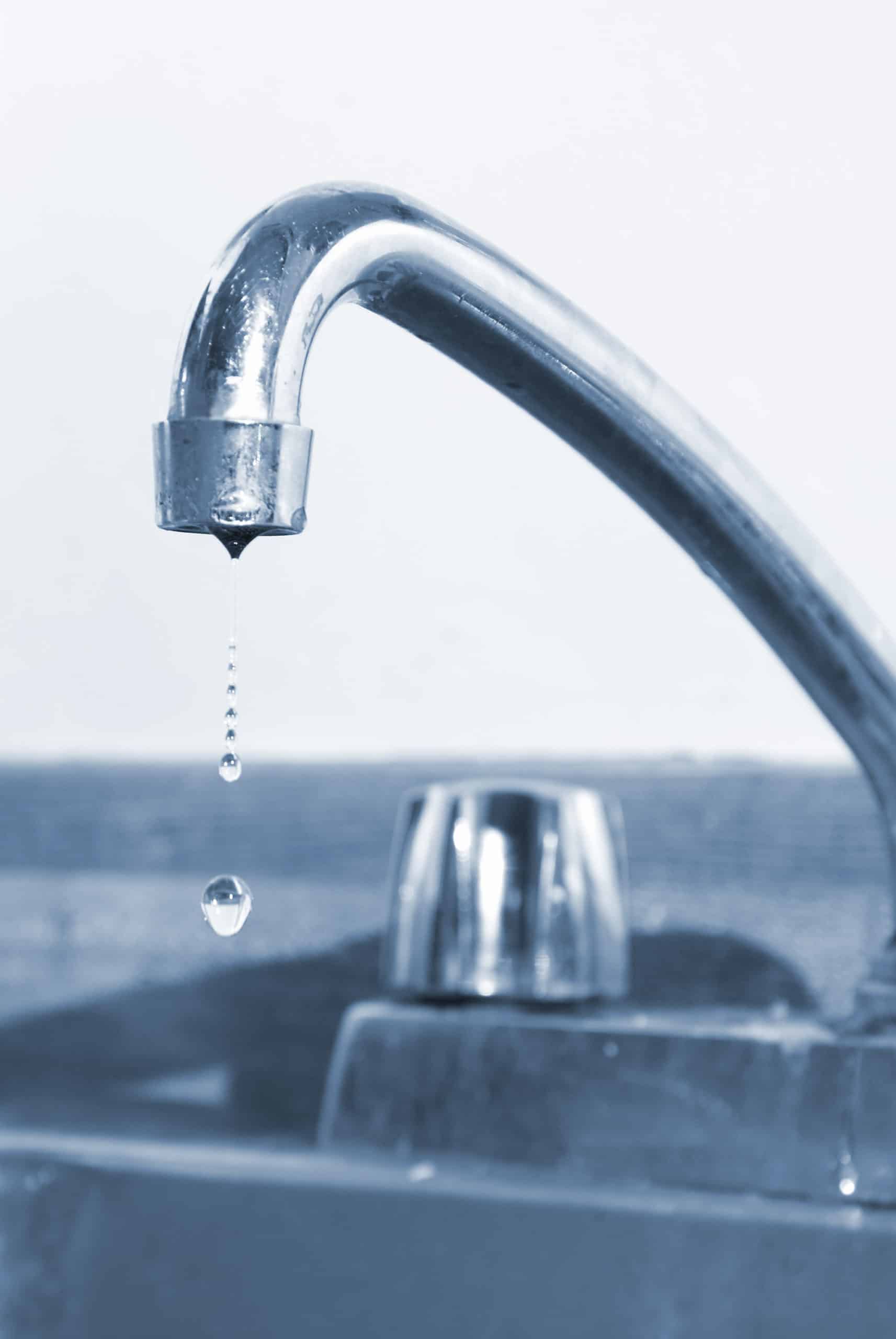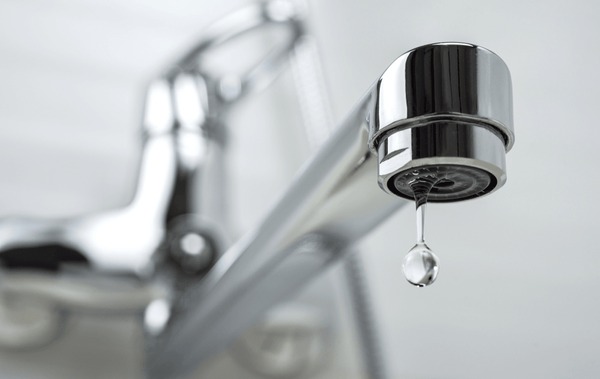Learning When a Leaky Faucet May Affect Your Home
Learning When a Leaky Faucet May Affect Your Home
Blog Article
The article on the next paragraphs in relation to Potential Health Risks Associated With Leaky Faucets is seriously fascinating. Don't miss out on it.

Introduction
A dripping faucet might appear like a minor inconvenience, yet its effects expand much past the periodic drip. Understanding the results of a leaky tap is essential for both house owners and the atmosphere. In this article, we'll discover the various influences of this typical household problem and why addressing it promptly is essential.
Reasons For Leaky Faucets
Leaky faucets can arise from a range of factors, consisting of deterioration, high water pressure, and deterioration. Gradually, the constant use faucets can bring about worn-out seals and gaskets, creating leaks to develop. In addition, excessive water pressure can put pressure on plumbing fixtures, causing leakages. Rust and corrosion can additionally weaken faucet elements, making them susceptible to leakage.
Water Wastefulness
Among one of the most substantial repercussions of a leaking tap is water waste. Also a tiny drip can amount to gallons of drainage gradually. This not just drives up water bills but also adds to water shortage and ecological deterioration. Dealing with leaky faucets without delay is essential for preserving this priceless source and reducing its impact on the world.
Financial Influence
In addition to drainage, dripping faucets can also have a substantial monetary impact. Boosted water costs are a direct consequence of water waste, costing home owners numerous bucks every year. Furthermore, the price of repairing water damages triggered by leaks can be considerable, particularly if left unattended for a prolonged duration.
Environmental Effect
The environmental impact of dripping taps extends beyond water wastefulness. By conserving water, home owners can add to broader initiatives to reduce water shortage and protect natural ecological communities. Lasting alternatives such as rain harvesting and water-efficient components can further reduce the environmental footprint of house water usage.
Technological Solutions
Improvements in innovation have resulted in the development of smart faucets and water-saving devices that help minimize water wastefulness. Smart faucets use sensors to detect activity and change water circulation accordingly, decreasing waste without sacrificing benefit. Water-saving gadgets such as aerators and low-flow showerheads are likewise effective in preserving water without compromising performance.
Global Viewpoints
While leaky taps might feel like a local issue, they contribute to wider global challenges such as water shortage and environment modification. In areas currently encountering water tension, every decline counts, making leak avoidance and repair essential. By taking on water-saving techniques and purchasing sustainable innovations, house owners can play their component in attending to these pushing global issues.
Regulative Steps
Government policies play a crucial duty in alleviating the influence of dripping faucets and advertising water preservation. From constructing codes that call for water-efficient components to water-saving rewards and rebates, policymakers have a series of devices at their disposal. By executing and imposing these regulations, federal governments can ensure that property owners prioritize water preservation in their every day lives.
Area Impact
Addressing leaking taps requires cumulative efforts at the community level. By elevating recognition about the significance of water preservation and providing sources for leak detection and repair, local authorities can empower property owners to act. Initiatives such as water-saving rebate programs and leak detection campaigns can incentivize behavior modification and promote responsible water use.
Instance Studies
Real-life instances of the impact of leaking faucets highlight the significance of aggressive maintenance and prompt repair services. From water damage to increasing water bills, the consequences of ignoring leakages can be serious. By sharing these case studies, homeowners can better understand the importance of dealing with leaky faucets promptly.
Educational Campaigns
Educational projects play a vital role in increasing understanding concerning the effects of leaking faucets and promoting water conservation techniques. With workshops, seminars, and on-line resources, homeowners can discover exactly how to find and repair leaks themselves. By encouraging individuals with knowledge and devices, educational projects can promote a society of liable water use within areas.
Health Concerns
Leaking taps can develop favorable atmospheres for mold and mildew growth, posturing health dangers to residents. The presence of mold can aggravate respiratory system problems and allergies, especially in at risk people. Furthermore, water damage arising from leakages can jeopardize the structural honesty of buildings and lead to pricey repair work.
DIY vs. Specialist Repair work
When confronted with a dripping faucet, house owners frequently question whether to attempt repair work themselves or work with a professional plumber. While DIY repair work can conserve money, they may not always deal with the underlying issue successfully. Specialist plumbings have the proficiency and devices to identify and take care of leakages appropriately, guaranteeing long-term services and satisfaction for house owners.
Preventive Measures
Stopping leaking faucets requires normal upkeep and aggressive actions. Simple jobs such as changing worn-out washing machines and seals can stop leaks from developing. In addition, upgrading to top notch fixtures and lowering water pressure can aid prolong the life-span of faucets and lessen the risk of leakages.
Conclusion
To conclude, the results of a leaky faucet prolong far past the occasional drip. From water waste and boosted water costs to health issues and environmental effect, the effects of ignoring leakages can be significant. By dealing with dripping taps without delay and taking on water-saving methods, home owners can minimize these results and add to a much more lasting future.
Why You Shouldn’t Ignore a Leaky Faucet in Your Home
What Causes a Leaky Faucet?
Various factors can cause a leak, from loose and worn-out parts to corrosion. Your faucet has four essential components from which most plumbing issues will stem: the O-ring, the valve seat, the washer and the gasket.
What Is an O-Ring?
The O-ring is a stem screw that fastens parts of the faucet in place, preventing water from leaking out of the spout. Depending on your faucet type, the stem might have multiple O-rings. Water will drip from the faucet’s handles and base if this part breaks or deteriorates.
What Is a Valve Seat?
The valve seat controls the flow and temperature of the water. Found at the base of the handle, it works as a seal for the faucet’s stem. The valve seat ensures the water is allowed to flow or is blocked as the handles dictate. You’ll know it’s malfunctioning when water leaks from your faucet’s sides.
What Is a Gasket?
The gasket is found between the water inlet and the valve stem. It creates a seal between the faucet and the sink, holding its joints by aerators attached to the stem’s head. Water will trickle out from the base if the gasket isn’t working.
What Is a Washer?
The washer secures the handles and prevents leakage, serving a similar purpose to the O-ring. While the O-ring is ordinarily round and made from an elastic material, such as rubber, the washer is square-shaped and composed of brass, copper and other hard metals. If it malfunctions, corrodes or has been improperly installed, water will leak out of the handles, causing that incessant faucet drip.
Why Is a Leaky Faucet Dangerous?
A leaky faucet left alone for too long can have significant consequences.
Pest Infestations
Since bugs and rodents gravitate towards the scent of water, a leaky faucet will draw pests to your sink. Both are looking for leaks accessible through crawl spaces, which a faucet provides. If you leave water dripping for too long, you run the risk of an infestation.
Rust
If one of the faucet parts has started to corrode, the resulting rust can spread to your pipes and valves with startling speed. The rust might even lead to cracks or other impairments, resulting in more severe plumbing issues.
Your sink could also sustain damage from a leaky faucet. The water in your tap possesses sparse elements of calcium and iron that can stain your sink with repeated and prolonged exposure. Once those elements in the water have been open to the air for some time, your sink will start to rust, creating marks that can be difficult to remove.
https://www.tomsmechanical.com/blog/why-you-shouldnt-ignore-a-leaky-faucet-in-your-home

As a passionate person who reads on , I thought sharing that piece of content was a smart idea. You should set aside a second to promote this entry if you appreciated it. Many thanks for going through it.
Report this page